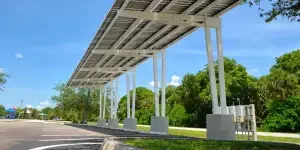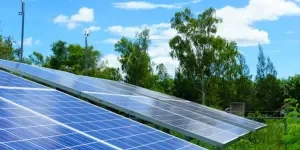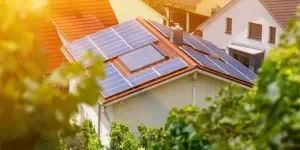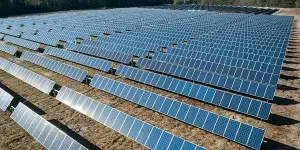With so much of the space in United States cities allocated for parking, the dual pronged approach of the Inflation Reduction Act (IRA) – production tax credits to drive investment in domestic manufacturing and investment tax credits to attract consumer-side investment – means solar canopies can make a huge contribution to the net zero drive.
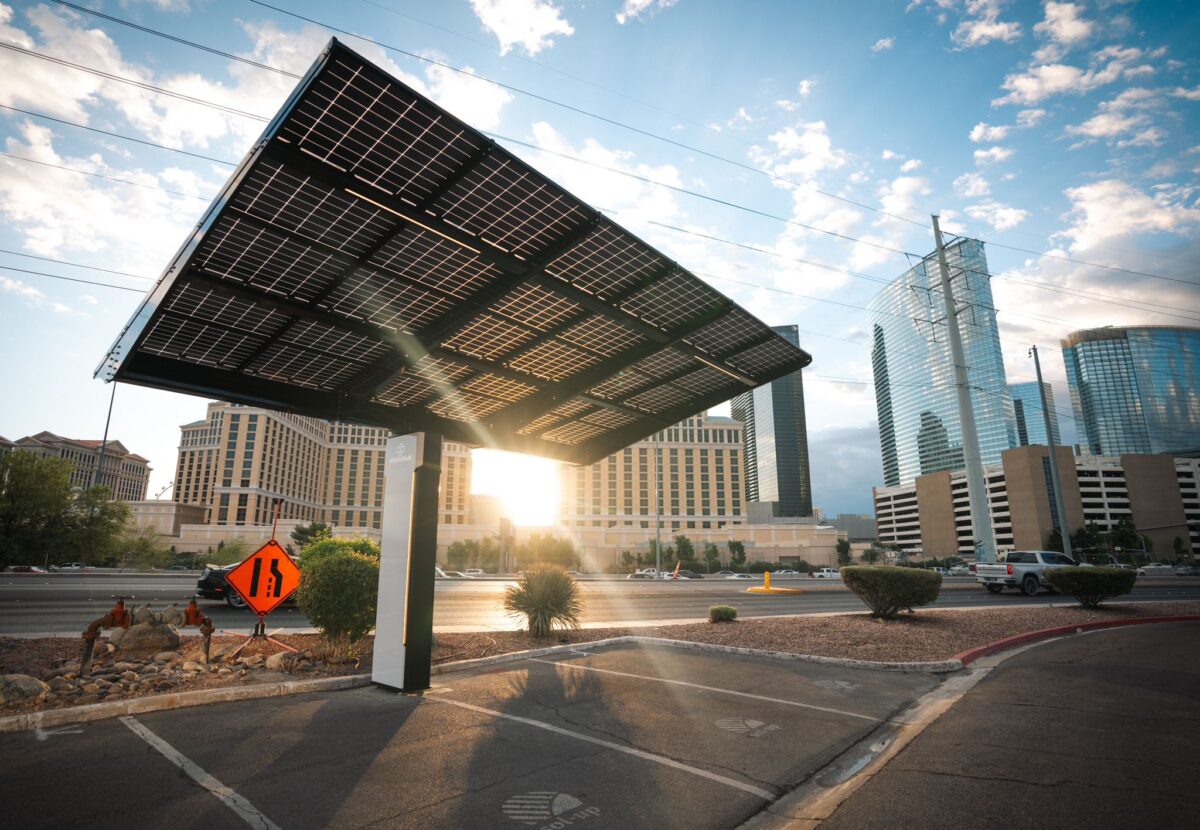
The unprecedented opportunity offered by the IRA, to invest in domestic clean energy production and investment, requires careful equilibrium, not only in terms of economic expansion through domestic production but also in line with the need to achieve federal greenhouse gas reduction targets. The complex dance between economic growth and environmental sustainability requires a nuanced and vigilant approach. As the United States embarks on this journey, it is important to monitor and navigate this space with acumen to ensure that economic prosperity aligns harmoniously with environmental goals.

From a macroeconomic perspective, a closer examination of the IRA execution process reveals a critical nexus between policy incentives and the effective use of available spaces. This intersection is particularly important when it comes to open spaces throughout the country, both public and private. To unlock the full potential of such spaces, a strategic embrace of current and emerging technology is needed. Here, the emphasis extends beyond mere economic gains and focuses on the multifaceted benefits of these spaces that are consistent with broader sustainability goals.
Data from Portland-based nonprofit the Parking Reform Network introduces the compelling statistic that cities in the United States with a population of more than one million people allocate around 22% of their city center land for parking purposes. That figure presents a significant opportunity: the integration of solar canopies as an innovative solution to transform open parking spaces into multi-functionality hubs. Beyond the conventional purpose of parking spaces, these areas can be used as platforms for the generation of renewable energy, demonstrating the harmonious coexistence of urban infrastructure and sustainability.
The prospect of innovative solar canopies is a shining light in this landscape. It is a tangible and transformative means of using open parking spaces for various purposes. Under the guidance and coordination of the IRA, these spaces can be re-imagined as hubs for innovative solar canopy deployment. This vision transcends the mere shading of vehicles; it signifies a paradigm shift toward stacking functionality within the same spatial domain – a testament to the convergence of economic viability, environmental sustainability, and effective infrastructure development.
Transformative
The importance of this transformative potential extends beyond the conceptual realm. Given the variety of technology currently available, the previously far-fetched idea of using open parking spaces for different functions has become an achievable reality. Astute resource allocation allows these spaces to be transformed into dynamic entities that provide shade for vehicles, support the deployment of micro-grids, facilitate demand-response initiatives, promote grid energy peak shaving and the creation of virtual power plants, and serve as charging stations for electric vehicles (EVs) – all coexisting within the same physical realm.
World4Solar believes this multifaceted approach necessitates a conceptual shift in how we conceive and implement synergies among technology, and how we design our solutions with this vision in mind. Traditionally manufactured and implemented separately, these diverse technological solutions now offer harmonious integration that converges within the same spatial dimensions. The profound impact of such integration goes beyond a singular focus on renewable energy generation; it embodies a holistic approach to comprehensive infrastructure development.
However, this transformative vision is not without challenges. Access to open parking lots faces various obstacles, including local permitting requirements and timetables, accessibility of compatible electrical grid interconnection points, and initial investment in the project costs required before any investment tax credits benefit investors. Overcoming these hurdles requires strategic foresight and commitment to consider the necessary investment in time and resources as a positive game for all stakeholders.
Municipalities and government leaders, especially those who lead sustainability planning departments and committees, play a central role in this transformative process. A proactive attitude, which includes the evaluation of current open spaces and direct investment in visible projects, can catalyze community engagement and encourage business leaders. The resulting ripple effect, spurred by intentional investment, has the potential to drive broader adoption and influence more favorable price points through economies of scale.
Essentially, the nation is at an unprecedented crossroads and has a unique opportunity to perform much-needed repairs to infrastructure. The use of policy and financial incentives, such as the 45X production tax credit and the investment tax credit, offers a way to create a modern, efficient, and functionally diverse amalgamation of multiple technologies. This approach, rooted in fair use, has the transformative potential to reshape urban landscapes and make them more sustainable, more economically vibrant, and more technologically advanced.
Innovative solar canopies are emerging as a key player in the range of transformative clean energy possibilities. The impetus to create and shape the various paths to such a reality lies directly with investors and policymakers. It requires a collective commitment to envision and implement a future in which economic growth, environmental sustainability, and technological innovation seamlessly converge for the benefit of all.
About the author: Nick Boateng is director of solution management at World4Solar. He works with technical leaders and solution platform developers from World4Solar and its affiliates to address commercialization priorities based on stakeholder and market feedback to enable solar power generation, EV charging, and on-site energy storage to support electric grid resiliency. Boateng has been working in renewable energy since 2015.
The views and opinions expressed in this article are the author’s own, and do not necessarily reflect those held by pv magazine.
This content is protected by copyright and may not be reused. If you want to cooperate with us and would like to reuse some of our content, please contact: editors@pv-magazine.com.
Source from pv magazine
Disclaimer: The information set forth above is provided by pv-magazine.com independently of Alibaba.com. Alibaba.com makes no representation and warranties as to the quality and reliability of the seller and products.
